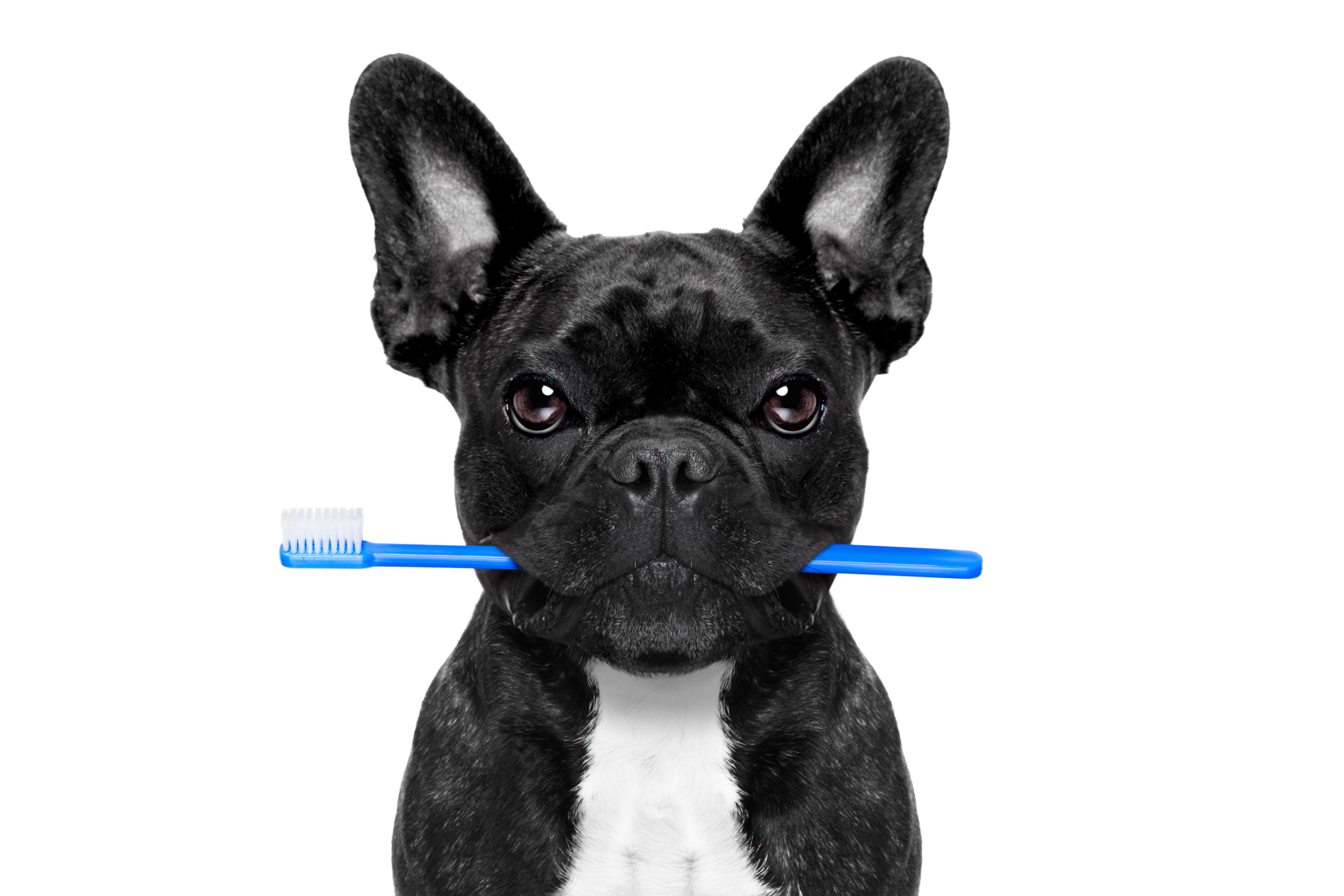Maybe you’ve never worried about the state of your dog’s teeth (though we do hope you’ve given them a brush at least occasionally), but did you know that both dogs and cats can have dental problems such as broken teeth?
If not, then this is a brief article that you’re going to want to read because,e in this article, we are going to discuss some of the issues a dog or cat may suffer from when it comes to dental fractures as well as discuss what it’s like as an owner to have a pet with such issues. So, with that said, let’s begin our discussion by first defining exactly what a “complicated” dental fracture is.
What are Complicated dental fractures in dogs?
A “complicated” dental fracture is a term used to describe a “severe type” of tooth fracture. Less severe dental fractures will commonly be referred to as uncomplicated fractures. While they too may become a painful medical condition, in general, complicated dental fractures are usually the ones that can often develop into some significant medical issues, including:
- Pulp exposure,
- Damaged nerves (within the tooth),
- Trauma,
- Or perhaps something else, including infections.
How will you know if your dog or cat’s tooth is fractured?
It’s possible that you may not become aware that your pet is suffering from a fractured tooth.
As you know already…
Your pet can’t verbally tell you what’s wrong, but they can give you some signs. This is why you want to always be on the lookout for any sudden “changes” in your pet’s appetite, particularly if these “changes” aren’t accompanied by symptoms of diarrhea or vomiting. In such cases, your pet could suffer from something concerning their tooth or mandibular bone (i.e., the jaw bone). They might also look in pain, like when we have a toothache!
Most commonly fractured teeth
In dogs, the most susceptible teeth seem to be the canine teeth (that’s not meant to be a pun – it’s just the truth!) or the maxillary premolar teeth (i.e., carnassial teeth). This is also the case in cats; they can also be prone to suffering from another condition known as Feline Tooth Resorption Syndrome, which we describe in greater detail here in our article titled Feline Tooth Resorption Syndrome.
What will happen if a dental fracture is left untreated?
Just like you wouldn’t treat a fractured tooth in your mouth, you can’t leave one “untreated” in your pet’s mouth either. If you do, you’re not only not providing the care that your loved one needs, but it could create many other problems that could be much more significant to the health and well-being of your pets and your WALLET!
Conditions that could arise if you fail to treat a fractured tooth in your pet may include:
Resorptive Lesions
This is when the gums start to “absorb” the teeth in a destructive manner. The lesions start at the tooth root and then up to the crown. These lesions can cause a root fracture or a crown fracture. Tooth resorption isn’t typically considered a “dog problem,” but make no mistake – your pup can have this awful thing happen, too! When it happens, the dentin layer might get exposed, and your dog will have a lot of pain, which must be fixed.
Infections
Infections are also always a concern, considering the skin of your animal’s tooth is no longer protected by the protective enamel, allowing bacteria and infection to set in within the damaged tooth, which can lead to additional complications!
Treatment for a Dental Fracture in Dogs
Trust us, you’ll want to do whatever you can to save your dog’s teeth. If you don’t, your dog will be on a liquid diet, and as an owner, that will not only create a lot of work for you but also be cruel to your loved one.
This is why…
Like humans, it’s essential to see a dentist or, in this case, your veterinarian and listen to what they recommend. Options that may be presented could include:
- Root canal therapy – typically for problems that occur over time,
- Endodontic treatment,
- Vital Pulpotomy – This is for newly exposed pulp (usually from sudden trauma),
- Dental Extraction (if it’s way too bad),
- Partial Pulpectomy,
- Pulp Capping.
Now, it’s essential to understand that these are all severe procedures – most humans would cringe at having to sit in a dentist’s chair for any of them! But besides just being quite painful, they can also be pretty expensive to treat. This is because, in addition to being time-consuming, most dog dental work will require anesthesia, which will be an added expense to any procedure that needs to be performed.
Which is why…
You’ll probably be shocked at how quickly it all adds up. This is why we here at IndulgeYourPet always make two recommendations to all our readers anytime we talk about pet dental care.
First…
Always be sure to stay on top of your pet’s dental care. Many costly procedures can be avoided simply by maintaining good oral hygiene, which can be accomplished by providing the correct dog food, good dental dog toys, and periodic brushing.
Second…
When considering purchasing a pet, always take a few moments and see what it might cost to buy a pet insurance policy for them. While it is true that most pet insurance policies won’t cover routine dental care treatment, some do, and most will protect your pet even if their teeth were damaged due to an injury.
This is why we would recommend that you, as a pet owner, take a moment and visit our Best Pet Insurance Companies and see if it might make sense for you to purchase a pet insurance policy for your little guy!



